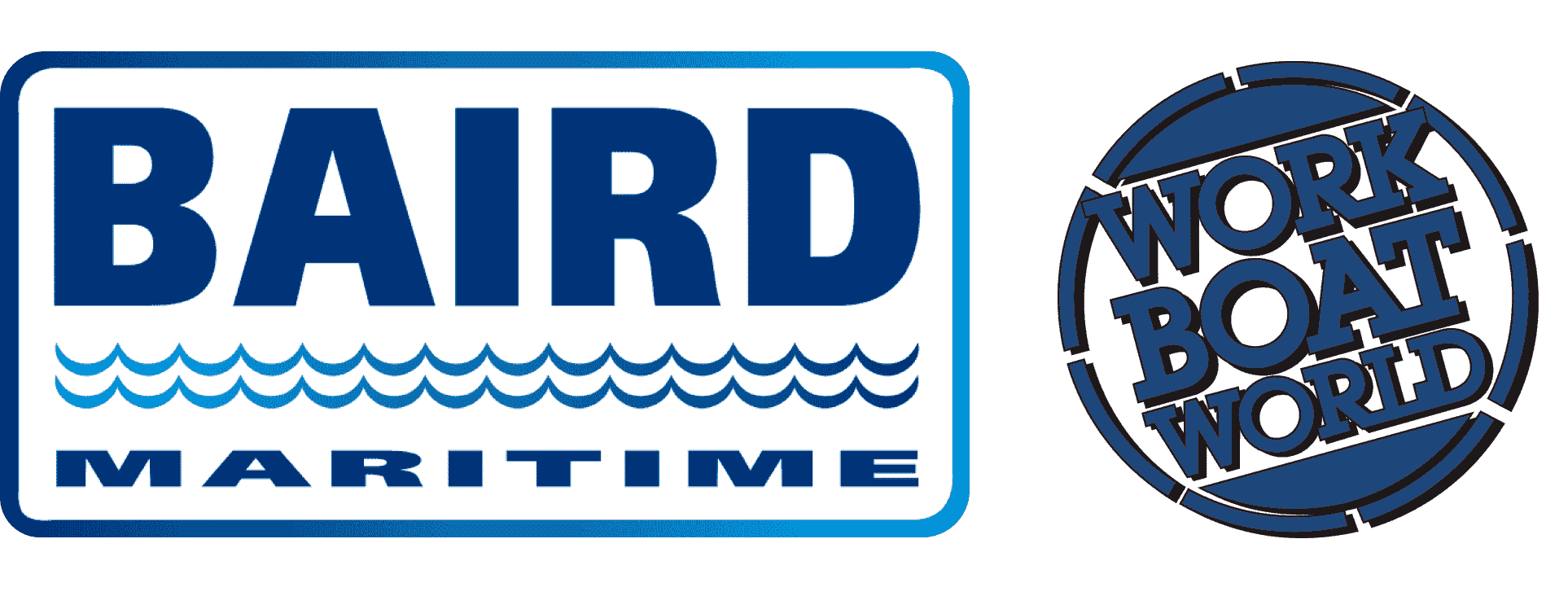VESSEL REVIEW | Zhizhen 100 & Zhicheng 60 – Hybrid electric SOV pair to serve Chinese offshore wind market
Chinese shipbuilder Shanghai Zhenhua Heavy Industries (ZPMC) has handed over two new service operation vessels (SOVs) to the Shanghai Electric Wind Power Group. Zhicheng 60 (至诚60; “Sincere 60”) and Zhizhen 100 (至臻100; “Ultimate 100”) were both built to designs by Norwegian naval architecture firm Ulstein Design and Solutions.
Zhicheng 60 and Zhizhen 100 will primarily be used to support operations and maintenance (O&M) of offshore wind farms, though the two vessels will have different personnel capacities as denoted by their names. Zhicheng 60 has space for 60 personnel on board (POB) whereas Zhizhen 100 will be able to accommodate 100 POB.
Advanced designs for improved efficiency and performance
“The two vessels are the first purpose-built SOVs for the Chinese offshore wind market,” Jose Jorge Garcia Agis, Managing Director of Ulstein International, told Baird Maritime. “They are also the first vessels to be built in China to feature Ulstein’s proprietary stern design.”
The stern design adopted by the SOVs was developed by Ulstein to provide benefits such as reduced pitch, minimised wave slamming, lower power requirements, and a higher freeboard. These will enable the vessels to operate under a broader range of weather conditions compared to platforms with conventional hulls. The vessels also feature prominent inverted bows that ensure minimal noise and vibration, improved wave-piercing ability, gentler accelerations, reduced spray, and consistent speed maintenance.
Ulstein worked closely with Shanghai Electric and ZPMC on the construction of the SOVs, which were to deliver advanced and efficient O&M capabilities to end customers. The vessels have been meticulously designed to execute walk-to-work operations in the Chinese offshore wind market. With around 30 GW of offshore wind capacity already installed and an additional 11 GW under construction, China’s demand for vessels that support the operational phase of offshore wind farms is substantial, and SOVs have proven to be an efficient and effective solution for both planned and corrective maintenance tasks.
“The primary responsibilities of the SOVs include providing accommodation for technicians and facilitating their transfer to offshore wind turbines,” said Agis. “Significant attention has also been devoted to ensuring technicians have safe, stepless access to and from the turbines.”
The two SOVs have all-steel construction and are each fitted with hybrid diesel-electric propulsion systems that include four generators and lithium-ion battery packs. Both vessels also have large unobstructed aft decks for the transport of equipment and spare parts needed in the servicing and repair of offshore wind farms.
The 93.4-metre (306-foot) Zhizhen 100 is also equipped with two 1,500kW azimuthing thrusters, two 1,100kW bow thrusters, and an 825kW retractable thruster. The 72.76-metre (238.7-foot) Zhicheng 60 meanwhile also has two 1,100kW bow thrusters though its two azimuthing thrusters are 1,100kW units in a Z-drive configuration. Even with differing propulsion arrangements, both SOVs can achieve a service speed of 12 knots.
The vessels also have nearly similar equipment selections. Each boasts a daughtercraft, a retractable motion-compensated gangways, a DP2 system, and a helicopter deck.
Agis explained that the seakeeping performance of the vessels is paramount, as it directly impacts the well-being of the crew and the technicians on board. These vessels also boast significant deck and warehouse storage capacity for spare parts and components used in the maintenance of turbines.
“The 100POB SOV is a proven platform,” Agis told Baird Maritime. “At the time that this latest example was sold, we had already built three vessels that have accumulated significant experience in walk-to-work activities. The 60POB vessel, however, is a smaller design of which no examples have been built prior to this. The challenge therefore was to balance the vessel performance’s – primarily seakeeping and workability – with platform size and cost.”
Agis remarked that adapting the vessel designs to the needs of the Chinese offshore wind market proved both interesting and enriching. Although the Chinese market draws insights from the European market, it also has its unique characteristics that Ulstein successfully integrated into the designs. The knowledge gained through this process will also be applied to the company’s future newbuilding projects that will benefit the Chinese and broader Asian offshore wind markets.
“These are also the first Ulstein designs classed by China Classification Society (CCS),” said Agis. “Working with a new classification society always involves learning and new experiences.”


